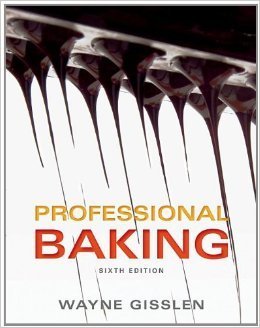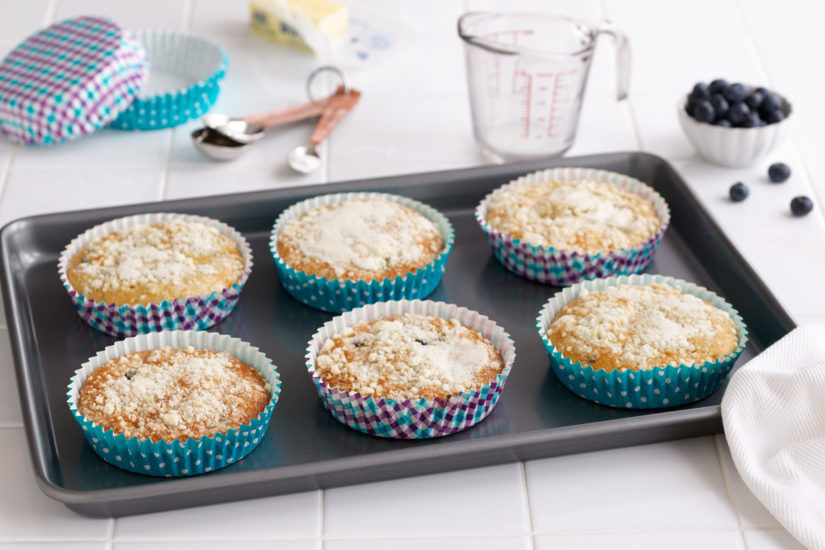Today’s blog is about your oven temperature, and it starts with some, er, burning questions.
First, can you trust your oven? That is, if you set it to 350 degrees, can you be confident that it’s truly 350 degrees once fully preheated? And why is 350 degrees so often the go-to temperature for recipes?
We all know that batter starts out as a liquid mixture that, through the magic of your oven, transforms into luscious deliciousness. As the batter reaches defined temperatures throughout the baking process, specific chemical reactions take place. In a nutshell, fats and sugars melt, bubbles of gas form, proteins bond together, leavening agents add lightness, and caramelization occurs. Baking at lower temperatures causes these steps to occur more slowly, while baking at higher temperatures will speed things along, possibly in an uneven manner. Different temperatures can affect density, texture, and perhaps most importantly, taste.
The fact that oven temperature has such a critical effect on the finished product underscores the need for oven accuracy, something many bakers take for granted. Invest in an oven thermometer — an inexpensive version should work fine — if you don’t already have one, to check your oven’s calibration. Set the thermometer in the center of the oven and preheat the oven to 350 degrees. Once it’s fully heated, check out the temp and, if the temp is off, refer to your model’s instructions for calibration. You can also tweak your recipes accordingly if you don’t want to go that route. And good news: Anything within 5-10 degrees of 350 is acceptable and shouldn’t require adjustments. Happy baking!




